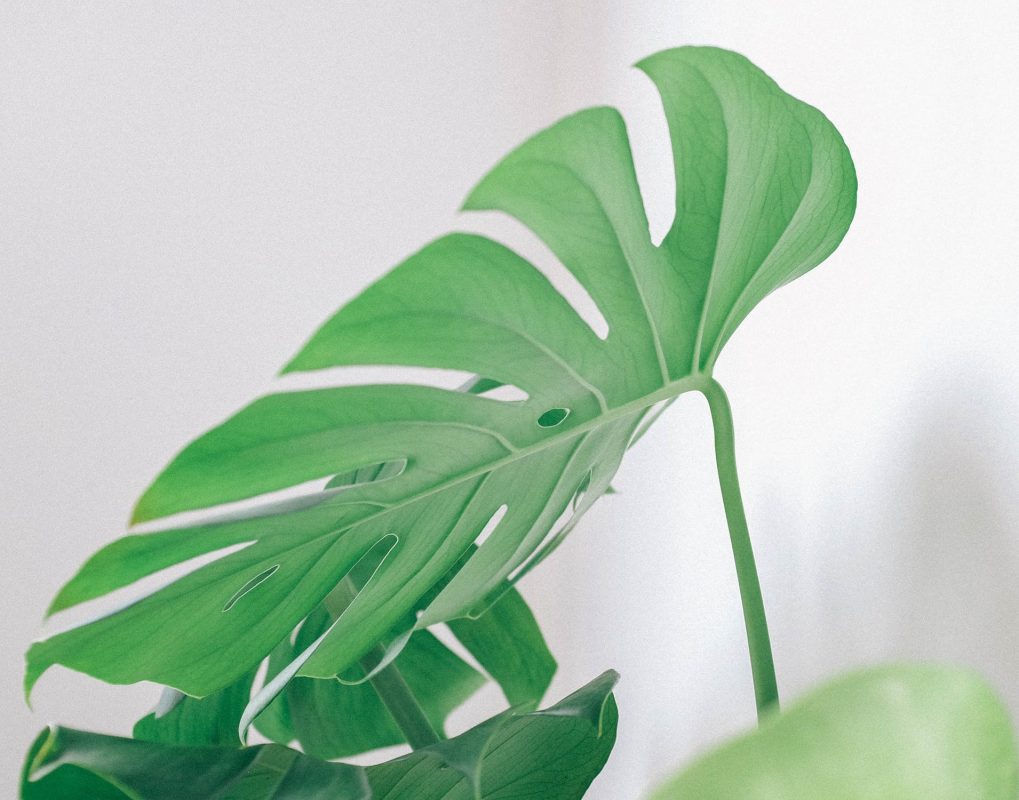Plant Care
Monstera Care
Monstera Deliciosa, more commonly known as the Split-Leaf Philodendron. Though not actually a member of the philodendron family, but their care is similar. These giant leafed plants are extremely easy to grow and don’t require much maintenance.
Light – Monstera prefers bright indirect light but can tolerate low to moderate light as well. Avoid direct sunlight as it can scorch the leaves.
Water – Water when the soil is at least halfway dry. Monstera aren’t fond of wet soil so be careful not to water them.
Soil –Well draining potting soils like Espoma Potting Soil are ideal, but if you’re noticing the soil is staying to wet, add perlite to increase drainage.
Temperature – Tropical plants by nature, Monstera prefer temperatures between 65° and 80°. Do not expose them to temperatures below 55° and protect them from drafts.
Humidity – While they do fine in average humidity levels, they will flourish in high humidity. Use a humidifier, mister or a tray of water and pebbles to increase the humidity.
Fertilization – Fertilize regularly spring through fall with a balanced fertilizer like Bonide Liquid Plant Food according to the label. There is no need to fertilize during winter.
Size – Monstera can reach 10 to 15 feet tall at maturity, but with their slow growth it can take a while.
Repotting – Younger Monsteras generally need to be repotted every couple of years, refreshing the soil and sizing up the container, by no more than 1 size at a time. More mature Monsteras can go many years without being repotted and don’t mind being root bound as long as you add a layer of fresh soil to their container yearly.
Propagation – Monstera are easily propagated via cuttings as long as a node is present.
Toxicity – Mildly toxic to people and pets when ingested.



